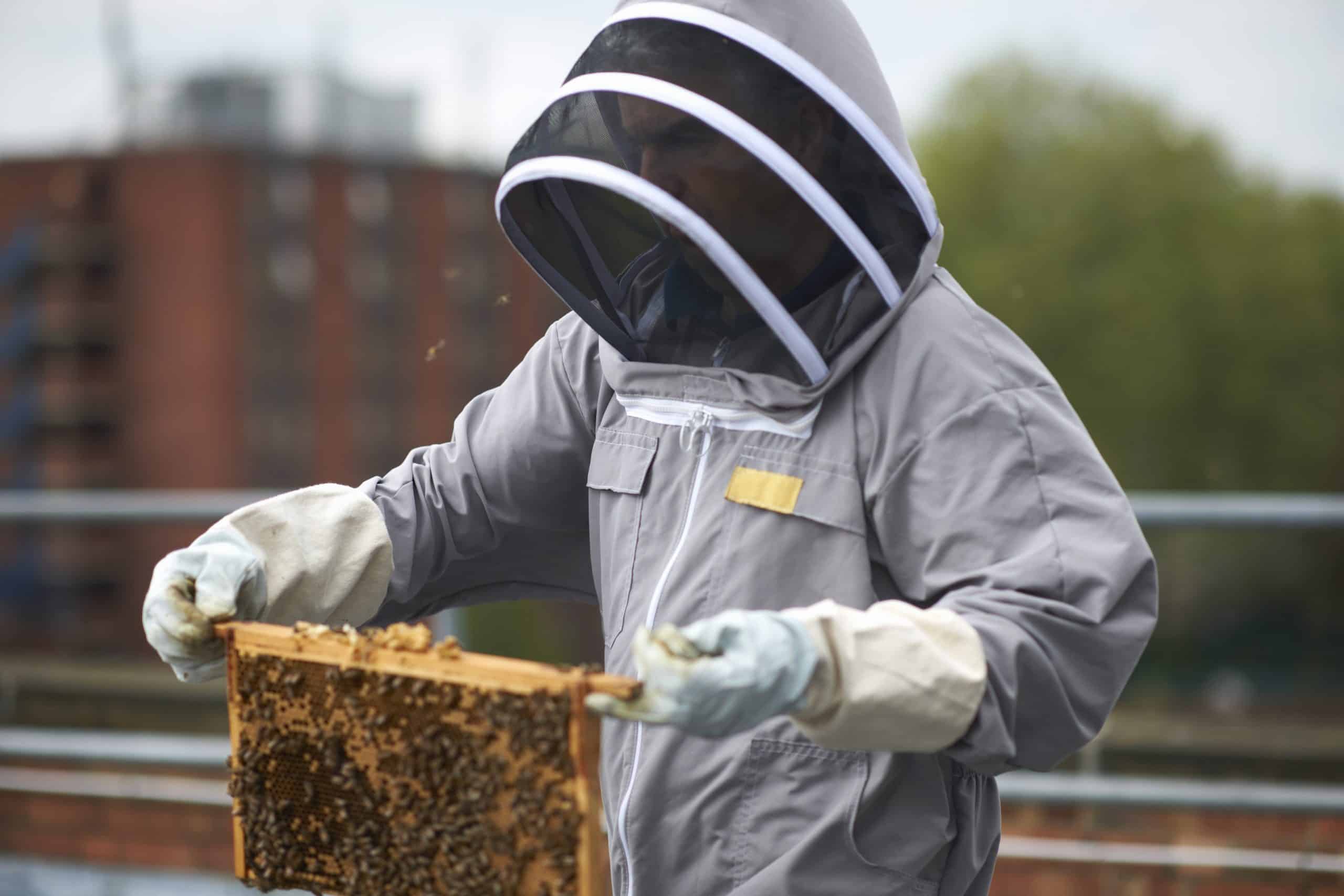What Are the Challenges of Constructing Energy-Efficient Buildings in Cold Weather Regions?

As climate change becomes a more pressing issue, the concept of energy-efficient buildings has moved from being a buzzword to a bona fide reality. The need for a sustainable approach to the design and construction of buildings is now a crucial aspect of urban planning. However, despite the advancements in green technologies and sustainable construction methods, creating energy-efficient buildings in cold weather regions pose a unique set of challenges.
The Impact of Climate on Building Design and Construction
The climate plays a significant role in determining the design and construction of a building. When you’re constructing a building in a cold weather region, where temperatures can plunge below freezing and snow can accumulate for months, your considerations and planning can look drastically different from those in a more temperate climate.
Also to see : How to Effectively Blend Traditional Architecture with Modern Amenities in Real Estate?
The primary challenge in these colder climates is maintaining an optimal indoor temperature without excessively relying on artificial heating systems. This challenge is magnified when striving to create an energy-efficient building, which is designed to reduce energy waste and conserve energy where possible.
Insulation becomes paramount in this context. The walls, roof, and even the floors need to be adequately insulated to prevent heat loss. However, the insulation must be done in a way that doesn’t compromise the building’s breathability, which can lead to issues like dampness and mold.
Have you seen this : What Is Co-Living and How Can It Solve Urban Housing Crises?
Moreover, the choice of materials can be a tricky aspect of the project. All materials should be chosen not only for their insulation properties but also for their ability to withstand the harsh weather conditions.
Energy Systems and Performance in Cold Weather
When it comes to the energy systems in a building, the primary goal is to conserve heat. In cold weather regions, heating is a significant part of a building’s energy consumption. As such, energy-efficient heating systems are crucial to the overall performance of the building.
The choice of heating system often comes down to efficiency and sustainability. While traditional heating systems like boilers and furnaces can provide a high level of heat, they can also consume a lot of energy. On the other hand, alternative heating systems like heat pumps and solar heaters can be more efficient but may struggle to provide sufficient heat during extremely cold periods.
Another aspect to consider is the distribution of heat within the building. It’s one thing to generate heat, but ensuring it’s evenly distributed throughout the building can be a challenge. This requires careful planning and use of materials to prevent heat loss and ensure optimal performance.
The Role of the Builder in Cold Climate Construction
The success of an energy-efficient building project in a cold climate largely hinges on the skills and knowledge of the builder. This is because the builder must understand the intricacies of cold weather construction and be able to adapt to unexpected weather conditions.
For instance, the builder must be aware of the increased risk of frost heave, a phenomenon where freezing water in the soil can cause the ground to expand and move, potentially damaging the building’s foundation. Furthermore, the builder must be well-versed in the latest insulation techniques and materials, and understand how to incorporate energy-efficient systems into the construction.
Implementing Sustainable Construction Techniques in Cold Weather Regions
While the challenges of building energy-efficient structures in cold climates are substantial, they are not insurmountable. By implementing sustainable construction techniques, it is possible to create buildings that not only withstand the harsh weather but also remain energy-efficient.
One such technique is the use of passive solar design principles. This involves orienting the building to maximize exposure to the sun, using materials that absorb and store heat, and designing the layout to distribute the heat evenly.
Furthermore, the use of advanced insulation materials can significantly enhance the thermal performance of the building. These materials not only reduce heat loss but also help maintain a comfortable indoor temperature.
In conclusion, while constructing energy-efficient buildings in cold weather regions poses a unique set of challenges, with careful planning, the right materials, and sustainable construction techniques, these challenges can be overcome.
The Role of Passive House Techniques in Cold Climate Construction
In the pursuit of energy efficiency within cold climates, the concept of a Passive House has become increasingly significant. A Passive House is a building standard that is energy efficient, comfortable, affordable, and ecological. Originating from Germany, the term ‘Passivhaus’ is now a recognized standard for energy efficiency in a building, reducing its ecological footprint.
In a Passive House design, a building’s energy ready status is achieved by drastically reducing energy losses. These energy losses are primarily tackled through the building envelope, which includes the walls, roof, and floor. By focusing on these areas, Passive House design can reduce the building’s heating demand by up to 90%.
The key principles of a Passive House design in a cold climate involve airtightness, super-insulation, and elimination of thermal bridges. A thermal bridge, or ‘cold bridge’, is a section of a building where heat is lost at a faster rate than through the other components surrounding it. By eliminating these, the building can significantly reduce heat loss and thus, conserve more energy.
While the Passive House design is a highly effective way of constructing a high-performance and energy-efficient building in a cold weather region, it is not without its challenges. One of the major hurdles is the construction of a truly airtight building envelope. Any gap or leakage in the envelope can lead to significant heat loss, undermining the effectiveness of the Passive House design. Therefore, high-quality materials and skilled workmanship are required to achieve a genuinely airtight building.
High Efficiency Heating Systems for Cold Climate Buildings
In cold climates, the heating system of a building plays a significant role in its energy efficiency. A well-designed heating system can reduce energy consumption, thereby reducing greenhouse gas emissions and helping to combat climate change.
One of the most popular heating systems for energy-efficient buildings in cold climates is the heat pump. Heat pumps are devices that transfer heat energy from a source of heat to a heat reservoir. They are an alternative to conventional heating systems such as boilers and furnaces because they can provide both heating and cooling, and they are more energy-efficient.
Heat pumps work by extracting heat from the outside air or the ground, even in cold weather, and transferring it indoors. They can provide a consistent and comfortable level of heat, without the temperature fluctuations often associated with other heating systems.
However, one downside to heat pumps is that their efficiency can decrease in extremely cold weather. Therefore, in colder climates, it is often necessary to have a backup heating system in place. This could be a high-efficiency boiler or a wood-burning stove, for instance.
Another consideration is the cost of installing a heat pump system. While they can save money in the long run through reduced energy bills, the initial installation cost can be quite high. However, there are often government incentives available to help offset these costs.
Conclusion: Overcoming Challenges to Construct Energy-Efficient Buildings in Cold Weather Regions
Constructing energy-efficient buildings in cold weather regions certainly poses its challenges, from maintaining an optimal indoor temperature to selecting suitable materials, designing efficient heating systems, and implementing passive house techniques. However, with careful planning and the use of innovative technologies and sustainable approaches, it is possible to create buildings that can withstand the harshness of the winter months while still conserving energy.
The key to success lies in understanding the unique design considerations of cold climate construction. This includes a deep understanding of thermal dynamics and structural design principles suitable for cold weather conditions. Furthermore, the use of high efficiency heating systems, such as heat pumps, can significantly enhance the thermal performance of the building.
In conclusion, while the path to energy efficiency in cold climates may be riddled with challenges, the rewards are significant. Not only can we create comfortable, sustainable living spaces, but we can also contribute to the larger fight against climate change. Through knowledge, innovation and commitment, we can turn the dream of energy-efficient buildings in cold climates into a reality.
